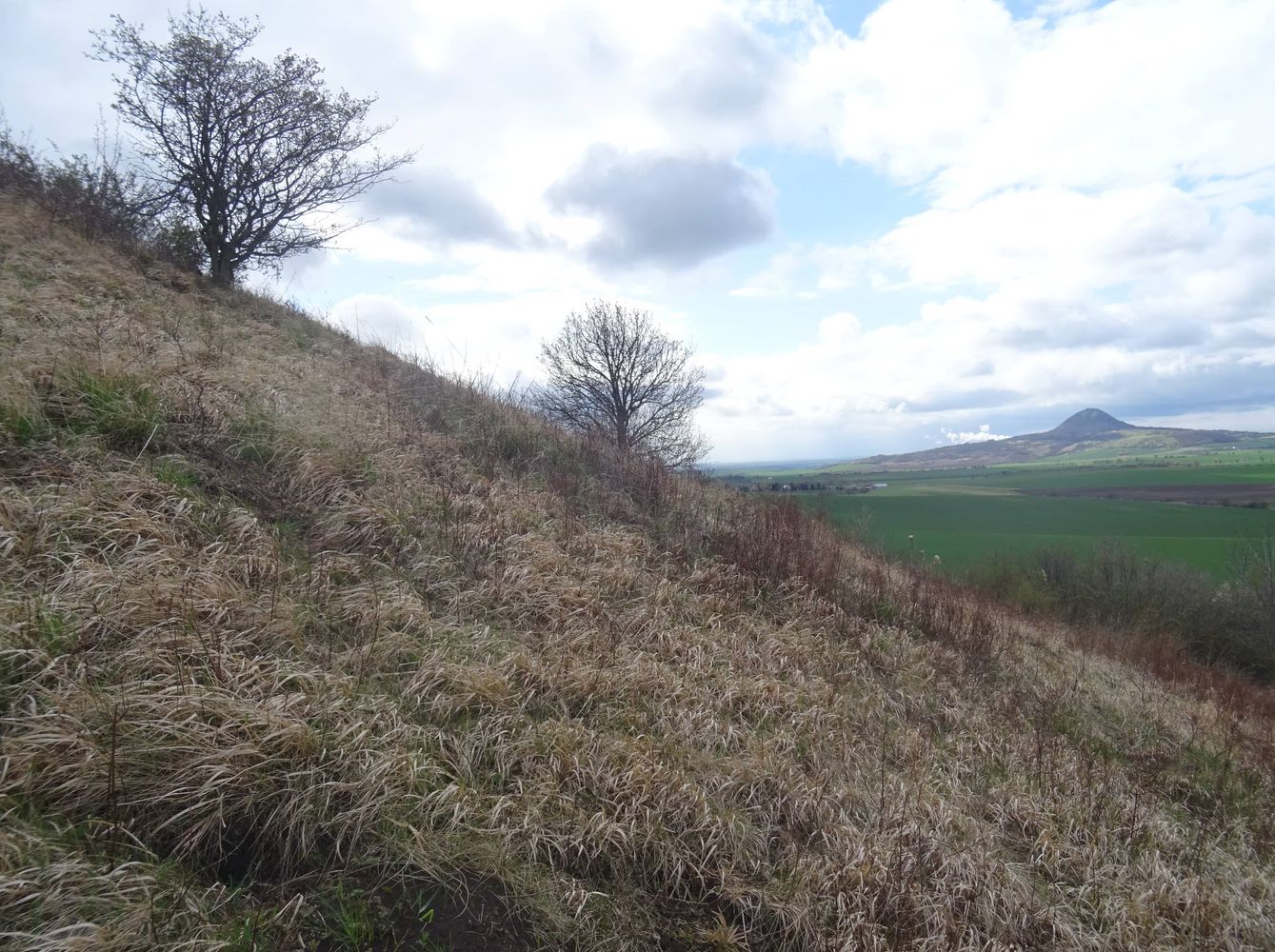České středohoří is a geomorphological region in the north-west of the Czech Republic. The area has a volcanic origin, creating those distinctive solitary peaks. Small and forestless hills are perfect for research on the microplastic abundance in soils in relation to topography and wind direction. And that's what I've been investigating for my Master's thesis.

What do I want to find out?

How do topography and wind direction influence abundance of microplastics in soils?

Is there a difference in quantity and composition of plastic types between topsoil and subsoil?

Where are more microplastics present? On the hills, or in their surroundings?

How many microplastics are in the soils in the Czech Republic, in this particular site?
Where do I want to find out?
On three hills in the south of České středohoří – Kamýk, Čičov, and Šibeník. They all are small hills with diameter of 100–250 m and height from foothill of 20–50 m. They are covered with grasslands, and there are no large tourist pathways.
And how?
In total, I collected 101 soil samples (both topsoil and subsoil). I prepare them using enzymatic digestion method adapted to organic-rich soil samples. In combination with density separation, the soil matter is reduced to only large organic material. Microplastics are counted and analysed with FT-IR spectrometry using Bruker Lumos II.
Interested in the results?
My Master's thesis will be finished in Spring 2024.
Stay tuned!
